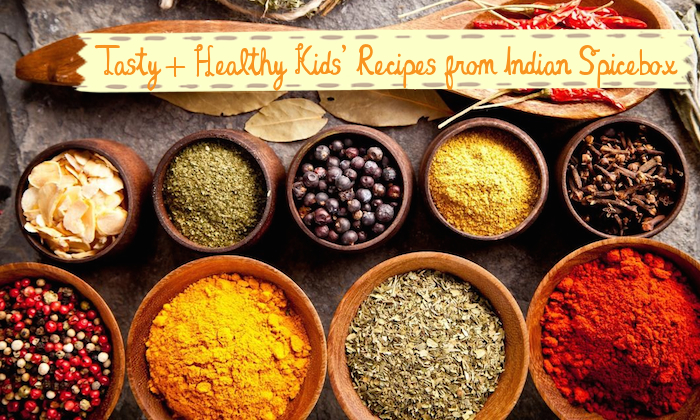
Please welcome supermum Namita from Indian Spicebox with some fab advice for expanding your munchkins’ palettes!
You don’t have to be super nutrition-conscious these days to be exasperated by most kids’ menus! Our children deserve more than chicken nuggets and French fries in life. Not only are options limited, but typical kids’ meals are often unhealthy, loaded with preservatives, and worst of all … tasteless and bland!
There we are slurping our flavourful, wholesome curries while our little ones are eating some awful cold sandwich. Watching my child snatch food off our plates since he was a year old – and clearly favouring our spiced up dishes over typical baby food – gave me an epiphany: Whether eating in or out, kids of all ages seek (and deserve!) flavour and interesting choices.
Flavour, of course, comes from freshness of ingredients with the addition of condiments and my personal favourite, glorious spices!
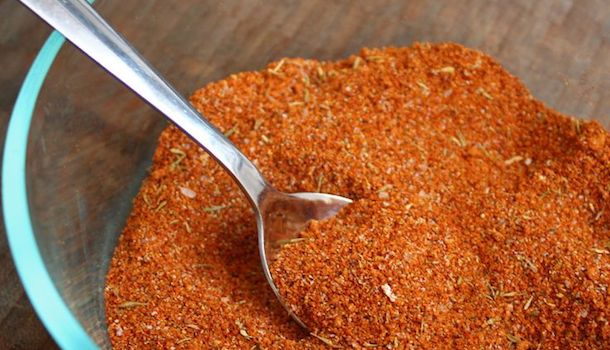
That’s right mamas, I’m suggesting you bring a little spice into your little ones’ life! There’s a big difference between spiced and spicy…we aren’t talking red-Chili-hot, but the warmth, mild flavour and medicinal benefits of cumin, coriander and other essential spices that are fantastic to introduce at a young age. Your kids, especially if they are growing up here in Asia, will thank you later while enjoying curries on exotic travels for broadening their taste palettes and flavour profiles.
Many parents may hesitate to use spices when cooking for little ones, but Indian mamas have been spicing up kids’ meals for centuries. In fact, one of the first solid foods typically introduced to most 9-10 month-old Indian babies is a rice and lentil porridge, known as Khichdi.
Khichdi is mildly spiced with Turmeric, a powerful anti-inflammatory currently hailed as a miracle disease fighter all around the world (even Dr. Oz is in love!). Khichdi can be cooked with vegetables and is often seasoned with cumin seeds toasted in Ghee (clarified butter), offering a burst of flavour as well as digestive and healing Ayurvedic benefits.
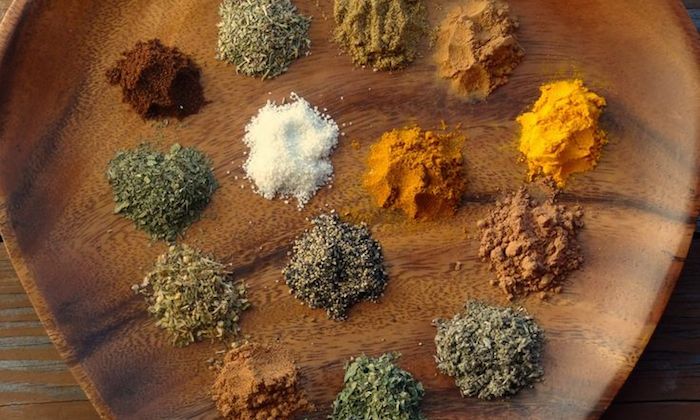
As little ones grow older, spices such as Cumin, Coriander, Cinnamon, Mustard seeds and Garam Masala (all-spice) are introduced in a variety of foods and in most cases, young children eventually eat the same food as their parents. That’s such a relief because who has time to cook for kids separately?!
I encourage you to embrace the power and flavour of spices, and consider incorporating them into everyday cooking. You can start small; maybe next time you’re making a tomato soup, add a pinch of cumin powder, or consider a sprinkling of turmeric into a pasta dish. And if you are ready to take a bigger step, I’m sharing my Khichdi and Tikka recipes with you, mamas. These are super-flavourful meals that the whole family can enjoy together!
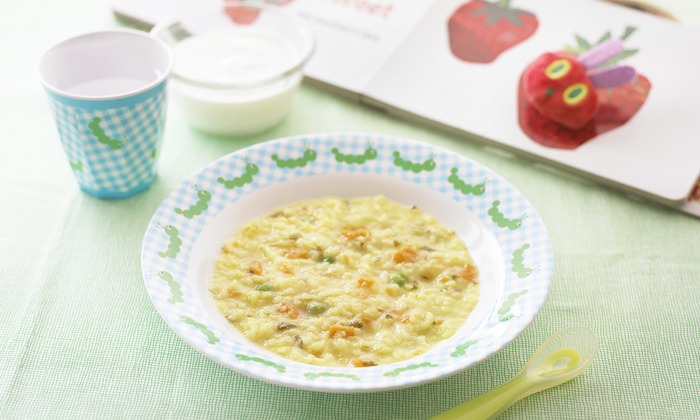
Mom’s Comforting Khichdi
1 tablespoon (15 ml) ghee (clarified butter), or just use good old butter 1⁄2 cinnamon stick
1 teaspoon cumin seeds
1 cup (200 g) uncooked basmati rice
1⁄2 cup (100 g) lentils, such as split green or split yellow
1 cup (250 ml) mixed chopped vegetables such as carrot, cauliflower, peas, pumpkin, beans
6 cups (11⁄2 liters) water + 2 cups (500 ml) water 1 teaspoon salt
1⁄4 teaspoon turmeric powder
1⁄4 teaspoon ground cumin
2 teaspoons ghee or soft butter, for finishing (optional)
- Heat the ghee or butter in a deep, heavy-bottomed cooking pot or stockpot. If using butter, keep the heat low or it will burn. If using ghee, medium heat is fine as ghee stands up to much higher temperatures.
- Add the cinnamon and cumin seeds to the hot ghee, and stir with a wooden spoon till you smell the spices that have now flavored the hot oil.
- Wash the rice in a sieve, shake dry, and add it to the pot. Sauté for 1 minute to bring out the nutty flavor.
- Wash the lentils in a sieve, shake dry, and add to the pot. Sauté for 2 minutes.
- Add the vegetables and sauté for another few minutes.
- Add 6 cups of water to the pot. Then add the salt, turmeric, and ground cumin; stir well.
- Cook partially covered on medium heat for 15 minutes, or until most of the water has disappeared. Add 2 more cups of water and continue simmering for 15 more minutes. If pressure-cooking, cook for 5 to 7 minutes on high heat, then 2 minutes on low heat.
- Remove the lid and mix well. The rice and lentils should be soft, and the consistency of the dish should be flowy, like porridge, so you may need to add another 1⁄2 to 1 cup (125 to 250 ml) of water at this time. Add a little at a time till the consistency feels right. Taste to adjust the salt as necessary.
- Serve with a small dollop of ghee or butter over the top.
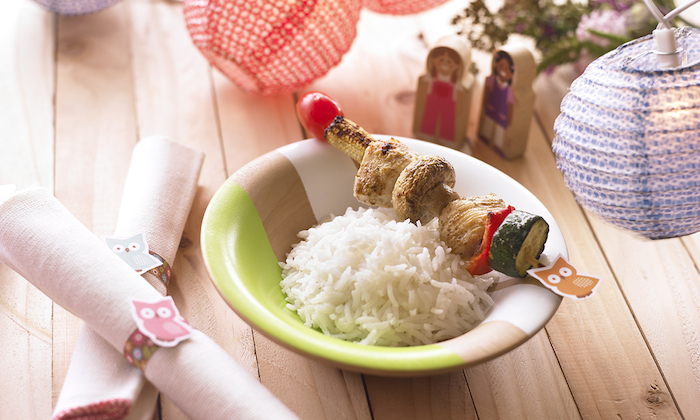
Tiny Tikka Skewers
3 tablespoons (45 ml) plain yogurt
1⁄2 teaspoon ginger-garlic paste (or use 1⁄2 teaspoon finely chopped fresh ginger and 1 small clove garlic, minced)
1⁄2–3⁄4 teaspoon salt
1⁄2 teaspoon cumin powder
1⁄2 teaspoon coriander powder
1⁄4 teaspoon garam masala
1⁄4–1⁄2 teaspoon red chili powder (add only if you are making this for grown-ups)
2 boneless, skinless chicken breasts or thighs, or 5.5 ounces (150 g) paneer
2 cups assorted vegetables, such as green pepper, baby corn, mushrooms, cauliflower, or zucchini, cut into 1-inch (2.5 cm) pieces
Bamboo skewers (presoaked so that they don’t burn in the oven)
- In a glass or metal bowl, mix the yogurt, ginger-garlic paste, salt, cumin, coriander, garam masala, and chili powder for the marinade.
- Cut the chicken or paneer into 1-inch (2.5 cm) pieces and add them, along with the veggies, to the yogurt marinade. Mix well. Marinate for anywhere between 2 and 12 hours.
- Preheat the oven to 450°F (230°C).
- Thread the pieces onto bamboo skewers, alternating the different veggies with the chicken or paneer. Place the skewers on a cookie sheet lined with foil (grease the foil with a little oil so that the pieces won’t stick).
- Bake for 15 minutes, turning the pieces over halfway. You may need to adjust the timing since every oven is a bit different. Do keep an eye on the tikkas . . . you really don’t want to overcook the chicken or paneer!
- Let the skewers rest for a few minutes, and then serve on a bed of steamed rice or with a hot roti or piece of naan.
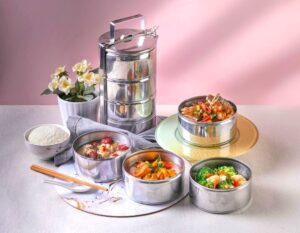





 View All
View All




 View All
View All









 View All
View All





